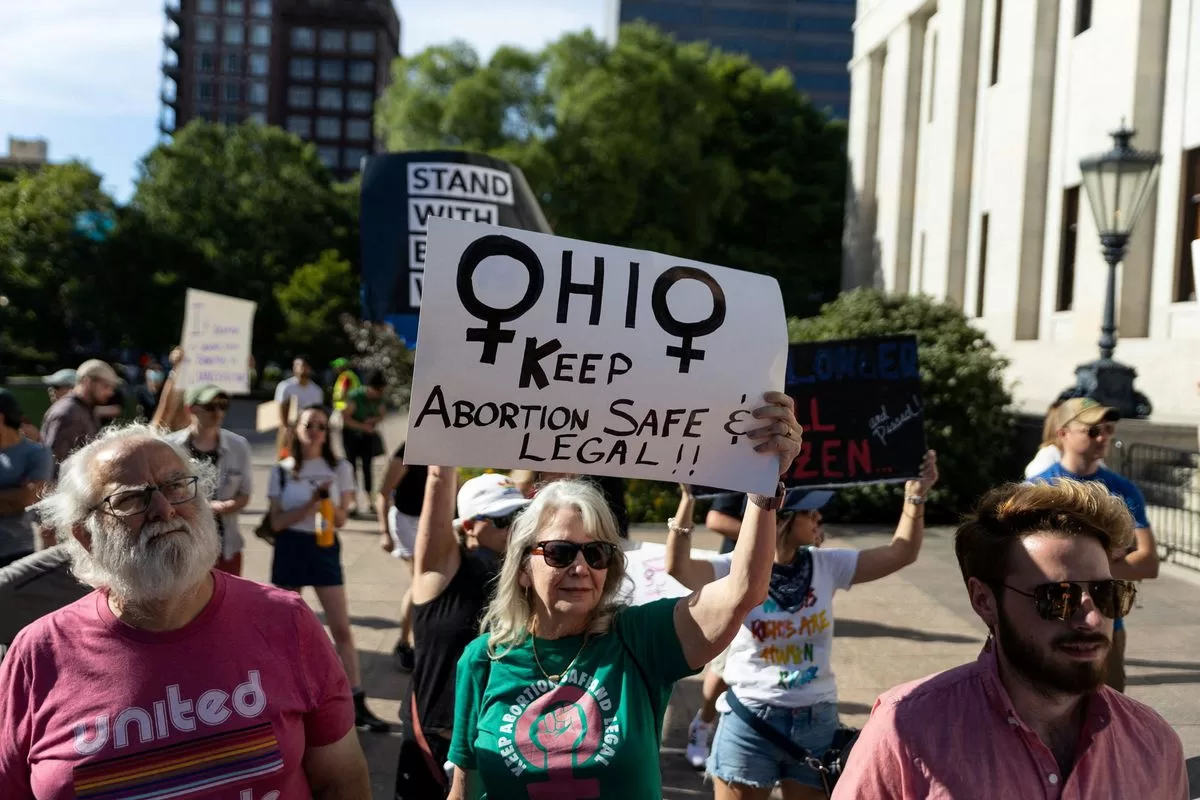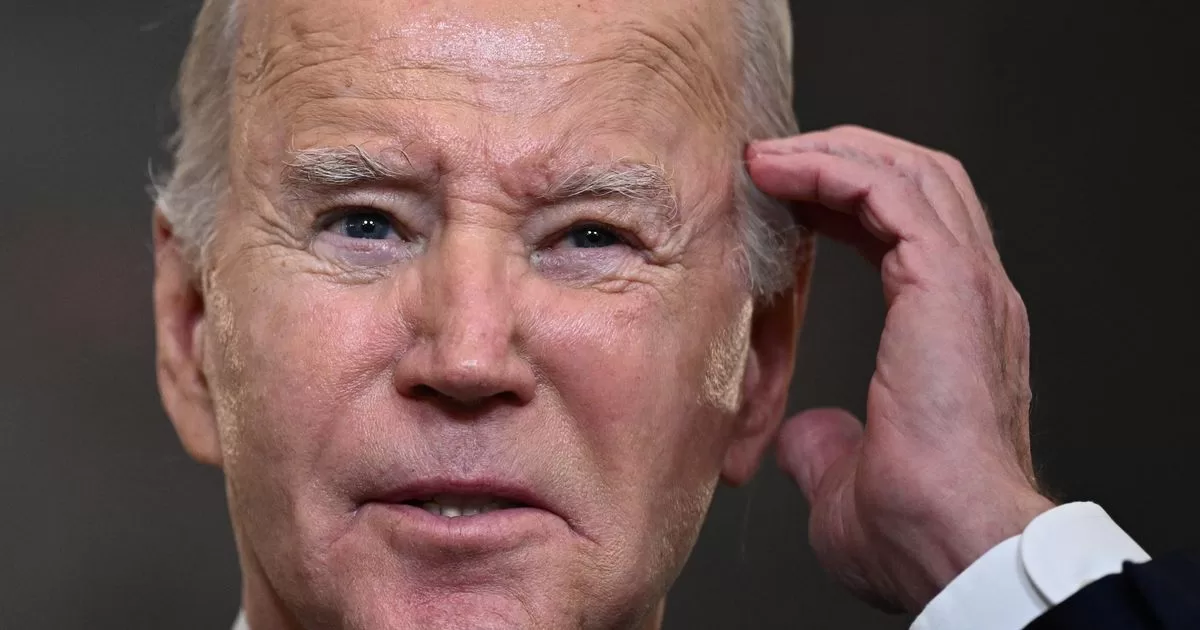Ohio has taken this Tuesday a key step in the defense of the right to abortion in this country. The voters of this pivotal state, key in every electoral process in the United States, have rejected by a resounding majority a measure proposed by the Republican Party that would have made it much more difficult to amend the local constitution and protect access to abortion in it. .
The measure that was voted on Tuesday, known as Issue One, appears at first glance to be a simple legislative procedure, a very local and slightly abstruse issue. But it had become a touchstone for citizens’ willingness to defend abortion access, a year after the Supreme Court struck down Roe v. Wade, which since 1973 had protected that right for half a century.
The result, a rejection of more than 60%, makes clear how unpopular the measure is. It also reveals to what extent, a year later, the right to abortion continues to be a reason for mobilization among American voters to go to the polls. Something that both parties, the Republican and the Democrat, will have to take into account with a view to the presidential elections of November of next year: in the 2022 mid-term elections, the desire to maintain that right made the Democrats, who had based much of their campaign in defending access to abortion, obtained better results than expected and were able to retain control of the national Senate.
Issue One proposed raising the minimum percentage of votes to pass any amendment to the Ohio constitution to 60%, instead of the current 50%. The Republicans, the majority in the local legislature, argued that it was a necessary measure to protect that basic law against possible interference by foreign pressure groups.
But since it was presented, it has been interpreted as, above all, an attempt to stop an amendment that will be voted on in November and that seeks to guarantee the right to abortion in this state: Ohio last year prohibited interruptions of pregnancy beyond six weeks of gestation, when many women do not even know they are pregnant.
The amendment, presented by a citizen initiative, proposes to enshrine the “fundamental right to reproductive freedom” within “reasonable limits.” The polls indicate that 58 of his voters support that proposal: a sufficient figure to easily approve it by a simple majority, but that did not reach the supermajority that would have been necessary with the Republican norm. The result of this Tuesday augurs a tough battle in the coming months between supporters and opponents of this citizen measure.
Join EL PAÍS to follow all the news and read without limits.
subscribe
US President Joe Biden welcomed the results, which had generated great interest across the country. Issue One “was a brazen attempt to weaken the voices of voters and further erode women’s freedom to make their own health care decisions. Ohioans have spoken loud and clear, and tonight democracy has won.”
The One Person One Vote campaign, a coalition of organizations that had brought together opposition to Issue One, was jubilant. “It is a great victory for democracy in Ohio,” said his spokesman Dennis Willard at the organization’s party to follow the count. “The majority still have power in Ohio.”
In contrast, the Susan B Anthony Pro-Life America association, opposed to abortion, described the result as “a sad day for Ohio” and criticized the funds that came from other states in the country to support those who opposed the Republican measure.
The vote had aroused extraordinary interest within Ohio and beyond. In the middle of August, when many families are on vacation before the school year begins at the end of the month, more than 700,000 people cast their ballots early, in person or by mail, nearly double the number of any primary in the state. . Turnout before the last day of voting this Tuesday had been especially high in the Democratic-leaning areas – the cities of Cleveland, Columbus or Cincinnati – in a state that is progressively leaning more and more in the national elections for the Republican party.
The result has drawn a sigh of relief among abortion rights organizations across the US. If successful, Issue One could have set a precedent for other conservative states to emulate.
The Supreme Court ruling last year gives states the power to decide whether or not they want to guarantee reproductive freedom in their territory. Since then, at least 25 states have imposed limits, or effectively prohibited, access to abortion. In others, including conservative states like Kansas and Kentucky, voters have rejected attempts to impose restrictions in referendums. But, in a country where this right deeply polarizes the population, these majorities have not reached 60%.
Subscribe here to newsletter from EL PAÍS America and receive all the key information on current affairs in the region
Subscribe to continue reading
Read without limits






